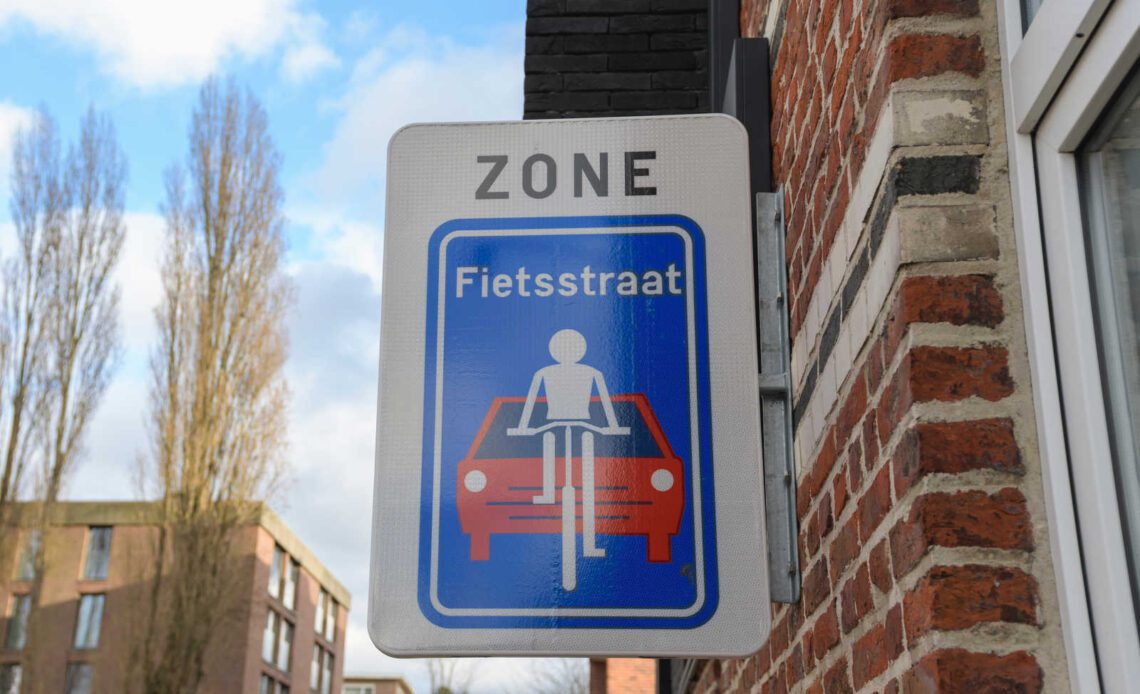Flemish Mobility Minister Lydia Peeters revealed on Tuesday that unmanned, automatic devices, including speed cameras and average speed checks, will soon enforce penalties for speeding violations in bicycle streets in the Flanders region of Belgium. These streets, known in Flemish as Fietsstraats, are designed to provide cyclists with a safe and convenient route.
Shared streets with priorities to cyclists
While cars and other motorized vehicles are permitted in these streets, they must yield to cyclists and are prohibited from overtaking them. The speed limit, applicable to all traffic, including cyclists, is set at 30 km/h to ensure a safer environment for everyone, she said to The Brussells Times.
“In recent years, many local authorities have set up cycling zones to give cyclists more space. Cycling is becoming more popular and it is my ambition to get even more people cycling in the coming years,” Lydia Peeters. “With this adjustment, we give local authorities and police zones more options to enforce the speed limit. This is good for road safety and to encourage bicycle use.”
No need for actual officers
Previously, breaches of the 30 km/h speed limit in cycling zones relied on manual detection by automatic devices manned by police officers. However, a forthcoming change will introduce speed cameras and average speed checks to identify speeding violations autonomously, eliminating the need for police intervention. It is unclear how cyclists will be identified and sent their ticket at this time.
The implementation of this technology is anticipated in spring 2024, pending approval of the draft decision by the Flemish Government. Subsequently, the law will come into effect 1.5 weeks later.
Flashbacks to High Park’s ticketing blitzes
Ticketing cyclists for speeding isn’t exactly a common thing in most places of the world–but in Toronto, it happened quite famously. High Park is a popular venue for cyclists and has been a hotbed for ticketing blitzes over the years. The speed limit there is even slower: 20 km/h. For riders on modern bikes that speed is unrealistic to hold, especially as there are some sections on a downward slope. Some riders even received two citations on the same day. In those instances, police, not unmanned cameras, would spend most of the day stationed at the park, waiting to give out tickets.
Click Here to Read the Full Original Article at Canadian Cycling Magazine…

